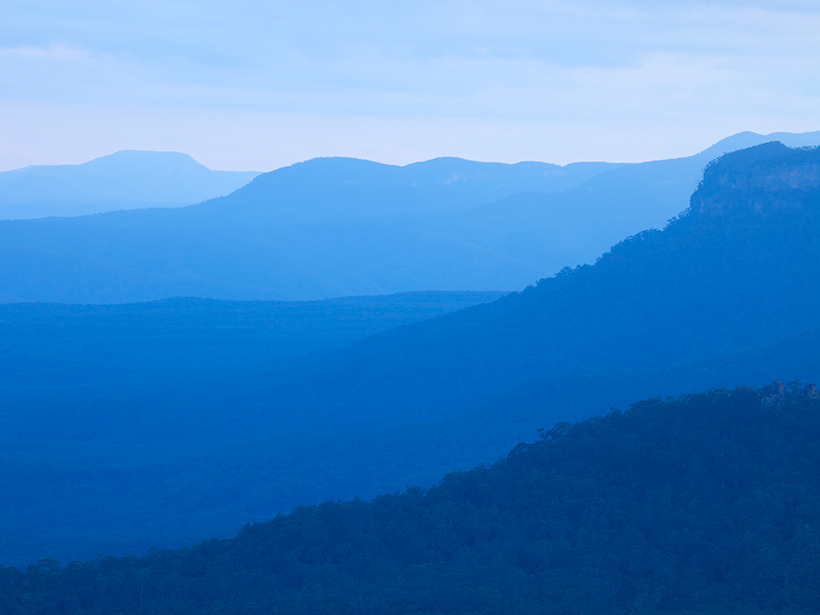Source: Journal of Geophysical Research: Atmospheres
Water molecules cannot form cloud droplets by themselves. Instead, they must condense onto suspended aerosol particles, called cloud condensation nuclei. These nuclei can be particles emitted from Earth’s surface, such as salt crystals or specks of sand, or they can be formed in the air by the condensation of certain chemical compounds. Because the clouds reflect solar radiation, aerosol particles have a profound impact on the planet’s climate.
Scientists have long been interested in how human-generated emissions into the atmosphere affect this gas-to-particle conversion process. To find out, Gordon et al. compared how atmospheric gases formed cloud condensation nuclei before and after the Industrial Revolution.
The team made two computer simulations with a global aerosol model: one with natural levels of particle-forming gases before the Industrial Revolution and a second with Earth’s current atmosphere. The models used data from the European Organization for Nuclear Research’s (CERN) Cosmics Leaving Outdoor Droplets (CLOUD) experiment to simulate how vapors such as sulfuric acid, ammonia, organic compounds, and water combine to form aerosol particles. They also included the effect of ionization caused by cosmic rays on the new particle formation rates.
In the preindustrial atmosphere, the formation of new particles from vapors accounted for about two thirds of cloud-seeding particles. In the current atmosphere, new particle formation accounts for more than half of cloud formation. The authors’ results suggest that ions from cosmic rays are important, but the variation in the intensity of cosmic rays seen over the solar cycle does not have a significant radiative effect.
Furthermore, the team found that the global importance of different gases in the process has changed substantially as a result of human activity. Although biogenic vapors from trees and other vegetation are important for the formation and growth of new particles today (as seen in the photo above), they were even more important in the relatively unpolluted preindustrial atmosphere. In the future, as emissions controls lead to cleaner air, some of the sulfur- and soot-containing particles from fossil fuel burning will be replaced by smaller, probably less toxic, particles from trees once again. (Journal of Geophysical Research: Atmospheres, https://doi.org/10.1002/2017JD026844, 2017)
—Emily Underwood, Freelance Writer
Citation:
Underwood, E. (2017), Atmospheric particles aren’t the same cloud seeds they once were, Eos, 98, https://doi.org/10.1029/2017EO084233. Published on 07 November 2017.
Text © 2017. The authors. CC BY-NC-ND 3.0
Except where otherwise noted, images are subject to copyright. Any reuse without express permission from the copyright owner is prohibited.

